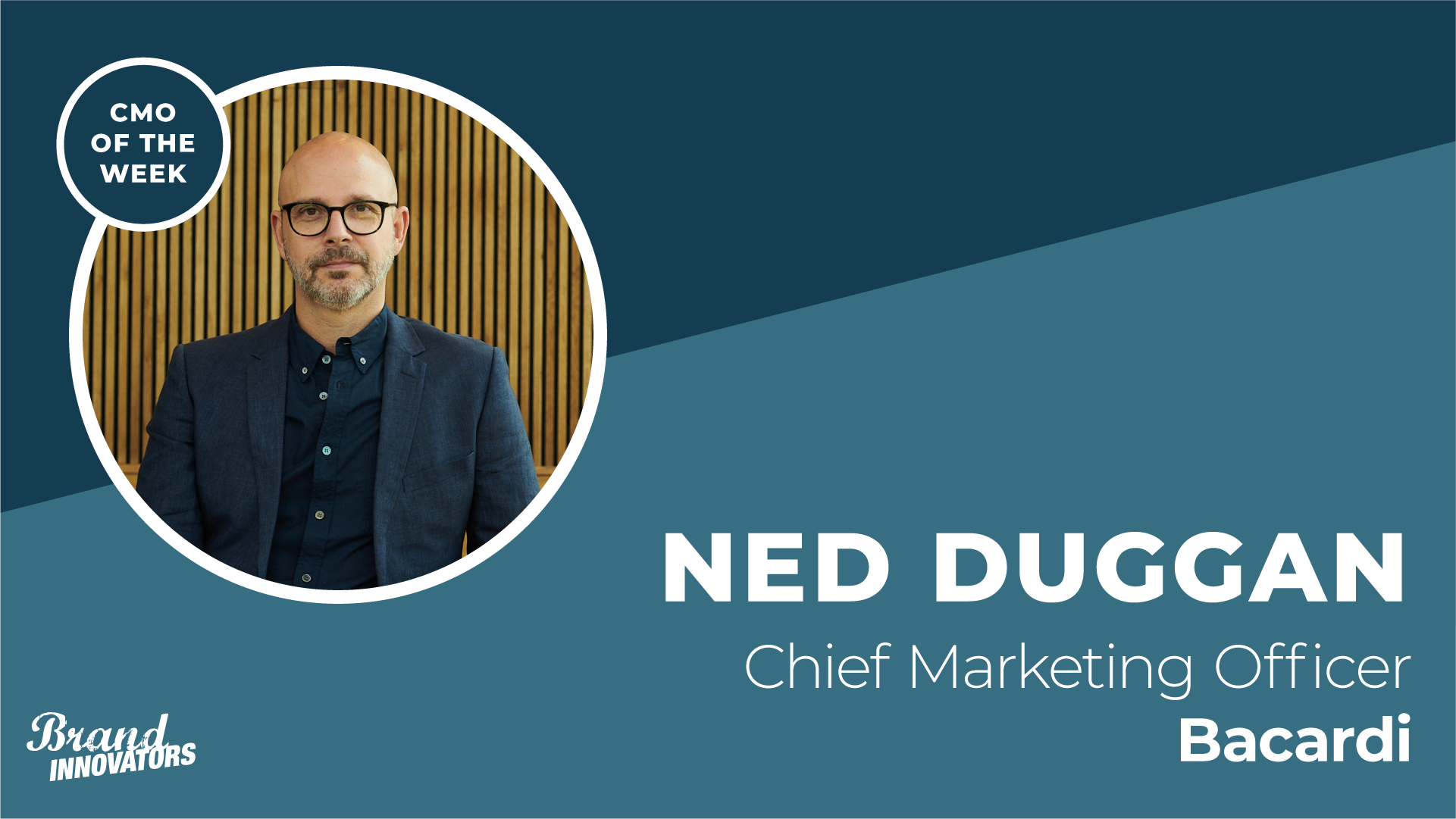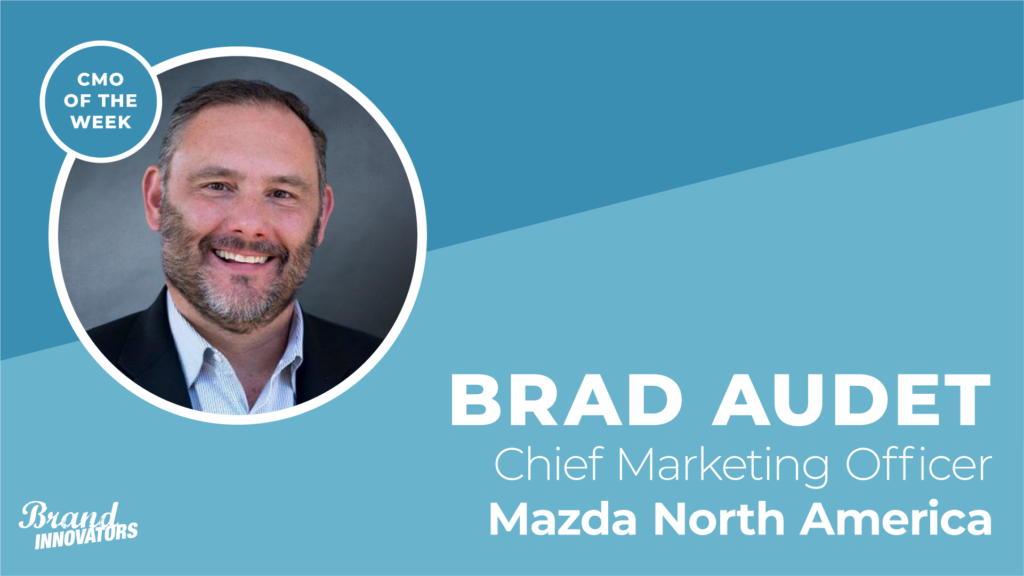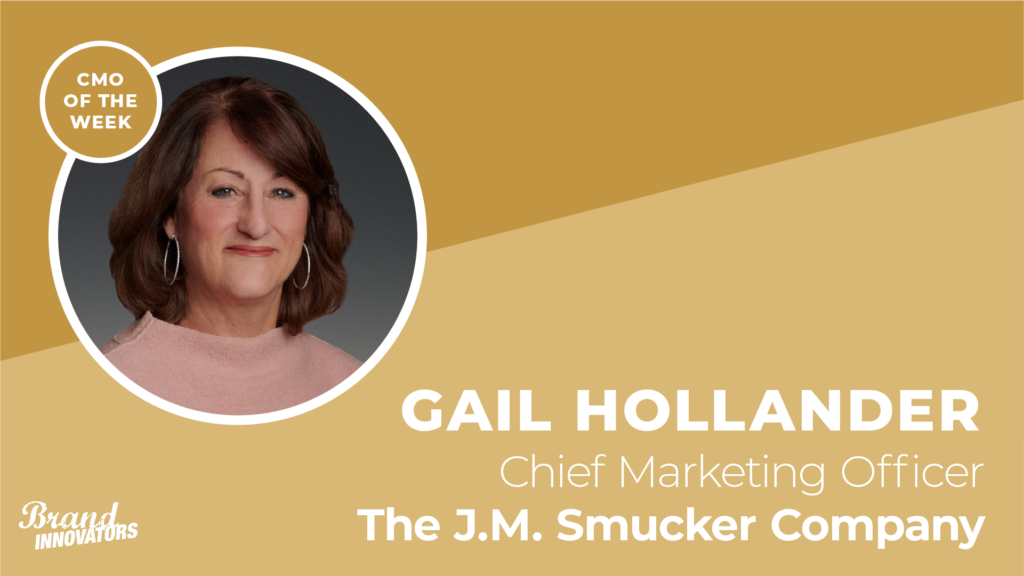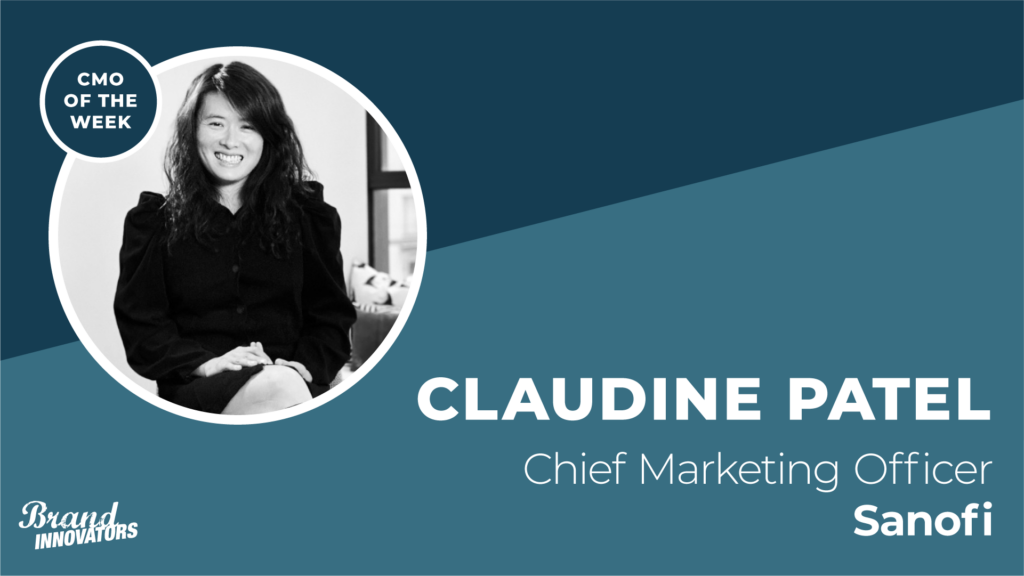As global chief marketing officer of Bacardi, Ned Duggan is on a mission to “supercharge brands.”
“There are some organizations where marketing is more of a support role – creating campaigns, creating assets,” says Duggan. “At Bacardi, our marketing leads are the central hub of the business. We do everything from talking to our supply chain to ensuring the quality of our products through our revenue growth management to make sure that we’re priced properly.”
In addition to the more classic brand jobs like developing and maintaining the DNA of brands, positioning and global communications campaigns, the marketing team at Bacardi also works with bars, restaurants and retailers to bring the brands to life commercially. “End-to-end ownership of the business is what I’m hoping to bring to our brand management philosophy here at Bacardi,” adds Duggan.
Founded in 1862 as a rum brand, today Bacardi’s portfolio now includes more than 200 brands including Bacardi Rum, Grey Goose, Patron Tequila and Bombay Sapphire.
“We are a family owned company and have been since the launch,” explains Duggan. “We’re now the ninth generation of the Bacardi family ownership and our shareholders and the family are very interested in passing down a legacy to their grandchildren. We are the custodians of the legacy of those brands as a marketing team. We take that very seriously.”
Each brand gets its own special treatment. For example, it’s a big year for Patron Tequila. The company recently launched a new expression called Patron El Cielo and are now promoting the “Summer of El Cielo” through a number of different global experiences including the F1 race in Monaco and activations in the Hamptons. Patron also recently launched Cristalino in Mexico and the United States. “We have a lot of new product innovation and a big summer on tequila,” adds Duggan.
Brand Innovators caught up with Duggan from his office in Miami to talk super charging brands, showing up in culture & storytelling. This interview has been edited for length and clarity.
Can you talk about how the brands are showing up in the culture?
Spirits is a very emotional category. People attach a part of their identity to the spirits brands that they order. If you see somebody order an Angel’s Envy bourbon at a bar, you automatically have a picture of who that person is and what their identity is. If that exact same person comes up and orders a Bacardi Pina Colada, you have a very different picture of who that person is. The identities that we create for our brands and the ability for people to buy into and be a part of that identity is very important. Being a part of culture is a great way that we help to build that identity.
Our flagship Bacardi brand has been investing in and building an association with music culture and specifically Latin music culture for many years now. In April, we launched a partnership with Camila Cabello – her first spirits partnership. We were there for the launch of her new album – the first new music she’d come out with in a number of years. When we look at partnership and culture, we don’t look at it as a traditional spokesperson type of partnership. We really want to work with our creative partners to build something together collaboratively. We try to create culture instead of just trying to follow it at Bacardi. With other brands like Grey Goose or Patron, we really try to weave ourselves in with the creators of culture and try to create it alongside them.
How you work with your restaurant and bar partners?
A big part of our strategy is about making sure that we are showing up and being the best partner possible to bars and restaurants – the on-trade business. Bacardi won the Spirit Supplier of the Year award. It’s given out each year to the top spirit supplier. Bacardi has won now three years running. That’s never happened before. That speaks to the commitment that we have as a company to partnering with our on-trade partners. That can be anything from the way we interact with them as a sales function to how we build our brands.
For example, art and design are part of the verticals that Bombay Sapphire has been involved in for years. We’ve been working with Hoxton Hotels to bring different artists and artwork into their hotels as part of the Bombay Sapphire promotions throughout the summer. We are trying to make sure that our branding goes beyond a simple transaction with our partners and that we’re truly bringing the brands to life in culture in our on-premise outlets and with our on-premise partners.
Can you talk about how you’re thinking about digital transformation?
Internally we look at how we use technology to make us more efficient and more effective at what we do. There’s a big initiative there around digital transformation and how we can effectively store and transfer all of that information out to our teams.
The other way that we look at digital transformation is more consumer facing. How do we use technology to tell better brand stories and to connect more effectively with our consumers? It’s about being up front. On the Bacardi brand, we had a program called Music Liberates Music. It’s been a fusion of music and technology and using new technology to engage with artists and consumers. We recently launched a partnership with Grammy winning producer Boi-1da. We used a generative AI tool and trained it along with him to understand how to produce music in his style. And then we worked with emerging artists and allowed them to use the tool so that they had the access to the talent of Boi-1da through this generative AI tool to create music.
We curated that music and brought it together in an AI album that we launched and put out on Spotify. We used our advertising and social media to help push consumers and bring visibility. We had some streaming around that to ensure that consumers were able to participate in the program. We really wanted to use new technology and AI in a very overt way to show how AI can also power creativity as a force for good rather than as a replacement for creativity. It was really interesting to work with Boi-1da as an artist to bring that to life.
You mentioned before that the category is an emotional category. Can you talk about your approach to storytelling?
We look at storytelling and story doing. There’s what a brand says, and then there’s the way it behaves. with our brands at Bacardi, and experience is a big part of that. We want to make sure that we are providing real physical experiences for our consumers to participate in. That can be anything from an art exhibition on Bombay Sapphire to a music festival on a patron tequila or a Bacardi rum, and then creating content around those experiences, whether it’s live streaming from artists that might be performing at a music festival. It’s a combination of experience content and then traditional advertising to bring our brand stories to life.
Can you talk about how your background in finance has helped shape your perspective in your current role?
When most people think about marketing, they think about creativity and they should. But at the same time, marketing is also about harnessing creativity to drive a business. The background in finance really helped me to become a more well-rounded brand leader and ultimately CMO that also is fluid in the business and can speak the financial language of the business. It’s the underpinning and the foundation of what we need to do as marketers is to grow business. We take creativity, all of the work that is done to build brands is ultimately in service of driving value for our shareholders and in this case for the Bacardi family. Brand management has allowed me to exercise and to flex and to work on my creative muscle while at the same time using that background that I had in finance.
There are different challenges to marketing global brands in different markets. What is your approach to showing up locally with a global vision?
We have to take a very different approach in different markets. We’re a highly regulated industry so what we might be able to do with big media programs in a place like the United States but we might not be able to use media at all in a place like France, what we call a dark market. We really need to be creative with how we connect. That’s why we look at all the different opportunities and ways to connect with consumers to make sure that we look across our markets and connect in the right way. Geographic diversity and the regulation for spirits is something that it empowers us to be more creative with the way we tell our brand stories.




